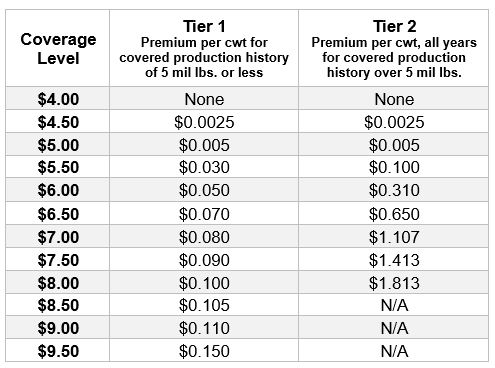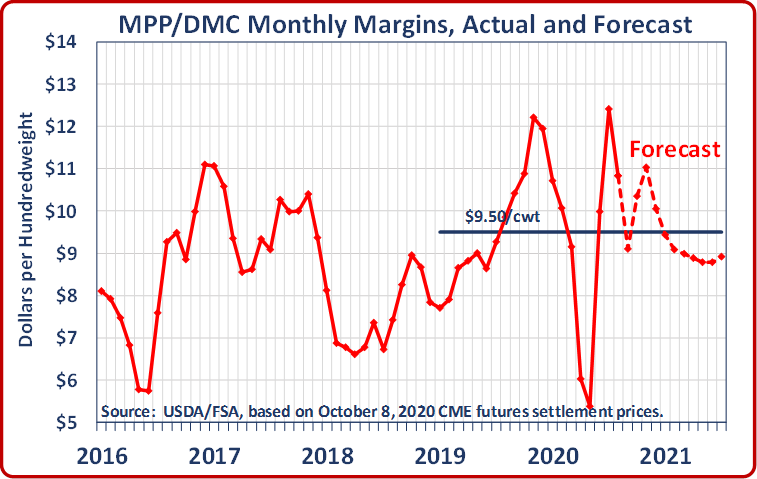A coalition of leading farm and agricultural groups are applauding a bipartisan letter sent today by 111 members of Congress urging stronger protections for American-made food and wine exports using common terms. This is an important message regarding the need for enhanced U.S. efforts to combat the European Union’s (EU) attempts to ban U.S. exports of cheese, meat and wine products that are labeled with common terms – such as parmesan, bologna or chateau.
“Congress has spoken loudly; it is time for stronger action by the U.S. government. For far too long, Europe has used unjustified trade barriers to block competition from high-quality American-made cheese, meat and wine exports. Europe is undermining global trade rules and weakening intellectual property system protections internationally. Today’s letter is an important reminder that we must raise the bar in our efforts in order to prevail in creating agricultural trade policy that works for the world, not just the European Union,” said Jaime Castaneda, Executive Director of Consortium for Common Food Names.
The letter asks the U.S. Trade Representative (USTR) and U.S. Department of Agriculture (USDA) to make safeguarding common food and wine terms a core policy objective in all current and future trade negotiations. The effort was led by Reps. Jim Costa (D-CA), Jodey Arrington (R-TX), Angie Craig (D-MN), Dusty Johnson (R-SD), Ron Kind (D-WI), Mike Gallagher (R-WI), Jimmy Panetta (D-CA) and Mike Kelly (R-PA).
“The EU’s ban on common cheese terms has already impeded U.S. dairy exports but even more severe consequences for our industry lie ahead if the EU is allowed to continue these unfair trade practices. Preserving export opportunities for American-made cheeses and other products labeled with common terms must take priority in all future trade negotiations. I applaud Congress and the leaders of this effort for setting this important precedent in defense of American-made exports,” said Tom Vilsack, president and CEO of U.S. Dairy Export Council.
“Creating false barriers to block exports denies families around the world the high-quality food America’s farmers and ranchers produce. It’s trade manipulation. We applaud the U.S. government for its efforts to remove unfair trade practices that keep our nation from competing in the global marketplace,” said American Farm Bureau Federation President Zippy Duvall.
“The European Union has for too long unjustifiably and erroneously attempted to restrict trade in common food name products, including meat exports from the U.S. The policy advocated in the bipartisan letter sent today to USDA and USTR will advance critical safeguards for common food name products in international trade and will enable America’s meat and poultry packers and processors, agricultural producers and food manufacturers to compete on a level playing field with their counterparts in the EU. We thank members of Congress for their leadership, and we stand ready to work with the Administration to defend against anti-competitive and protectionist policies pursued by trading partners that serve only to impede U.S. meat and poultry exports,” said Julie Anna Potts, CEO of the North American Meat Institute.
“NASDA Members work tirelessly with the federal government to open new doors for agricultural producers around the world. We encourage the U.S. Trade Representative (USTR) and U.S. Department of Agriculture (USDA) to amplify the importance of common food and wine terms as a core policy objective to successful free trade negotiations in the future. Doing so will ensure consumers are able to access the full bounties of our farmers and ranchers around the world,” said National Association of State Departments of Agriculture CEO Dr. Barb Glenn.
“America’s dairy farmers have been unduly harmed by the EU’s efforts to limit market opportunities for U.S. dairy products. For years, the EU has sought to ban high-quality American-made cheeses, putting U.S. dairy jobs at risk and limiting economic growth in the rural communities that rely on a healthy dairy industry. I appreciate the important work being done by Congress to ensure that U.S. trade negotiators must have all necessary tools at their disposal to fight back against the EU’s destructive agenda,” said Jim Mulhern, president and CEO of National Milk Producers Federation.
“We have watched time and again as the EU has gone well beyond protecting legitimate GIs to erect trade barriers that benefit their own producers at our expense. The recent EU-China agreement on GIs is a perfect example of how the EU abuses GIs for their own gain. The U.S. must do more to ensure a level playing field for common food names, grape varietal names and traditional terms and we are grateful to these Representatives for supporting this effort,” said Bobby Koch, President and CEO of Wine Institute.
In July, 61 Senators sent a similar letter requesting that the U.S. government enhance protections for common food and wine terms.







